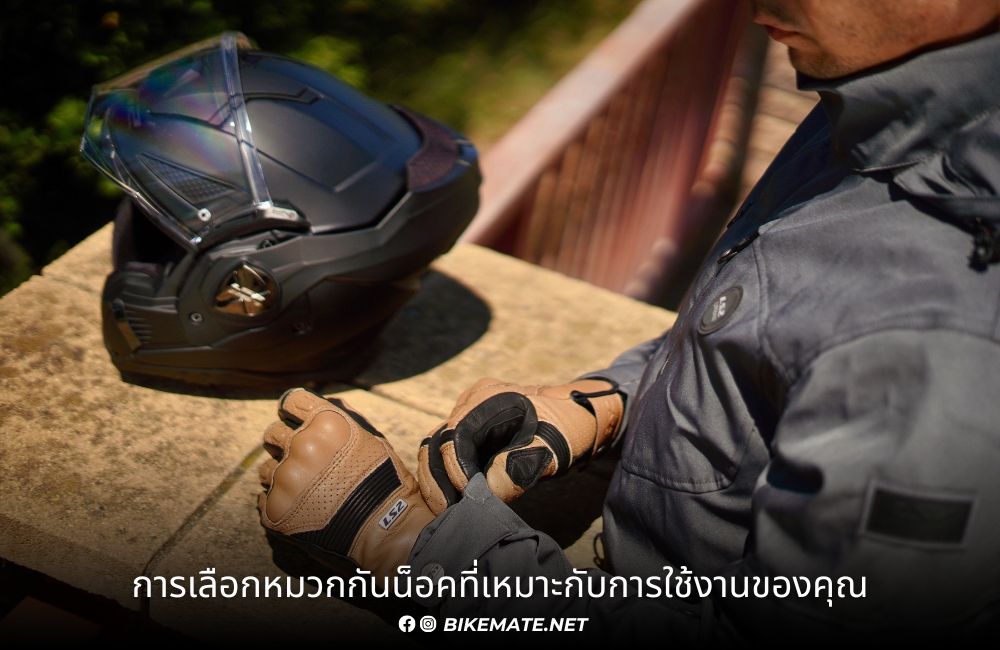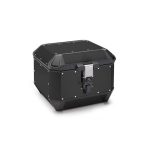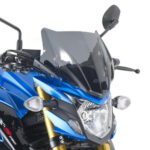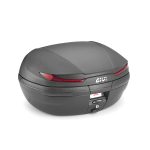One of the most crucial pieces of protective gear for motorcyclists is the helmet. Choosing the right helmet is vital for ensuring both safety and comfort. With various helmet types available on the market, it’s essential to know how to choose the one that best suits your riding style and needs.
1. Full-Face Helmets: Maximum Protection
A full-face helmet provides the highest level of protection as it covers the entire head and face. This type of helmet is suitable for all riding styles, from casual city riding to high-speed touring. It helps reduce the risk of head injuries and protects against debris, wind, and bad weather. Full-face helmets often come with additional features like ventilation systems, anti-fog visors, and sunshields, enhancing both comfort and safety.
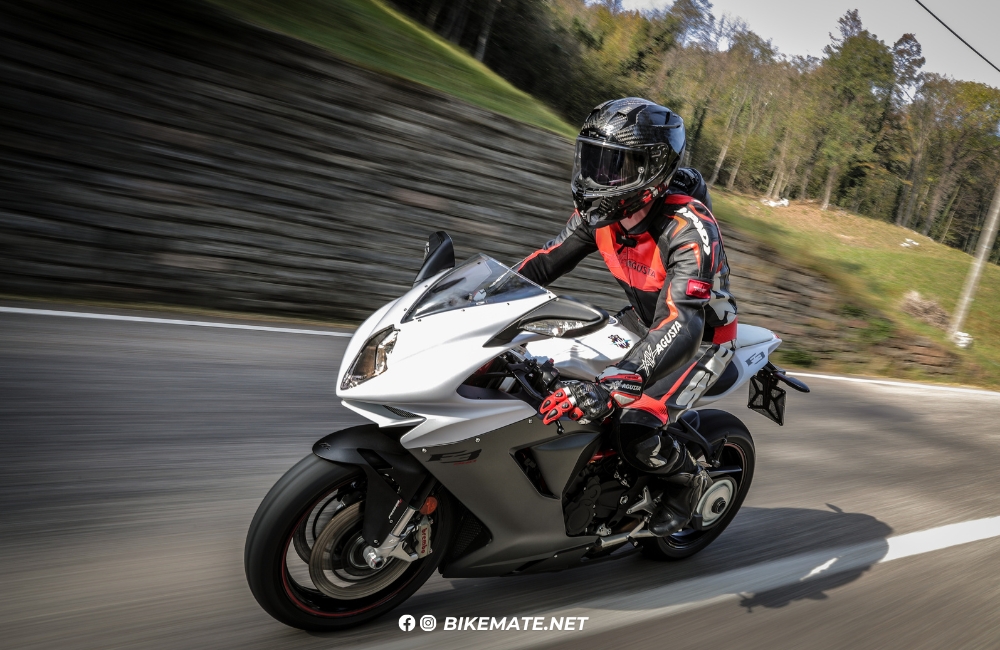
2. Open-Face Helmets: Ideal for Casual Riders
An open-face helmet, also known as a 3/4 helmet, covers the head but leaves the face exposed. This type of helmet is popular among riders who prefer a more open and breezy feel during short rides. However, it offers less protection for the face compared to a full-face helmet. While it may provide adequate head protection, riders should consider wearing additional protective gear, such as goggles or a face shield, to guard against wind and debris.
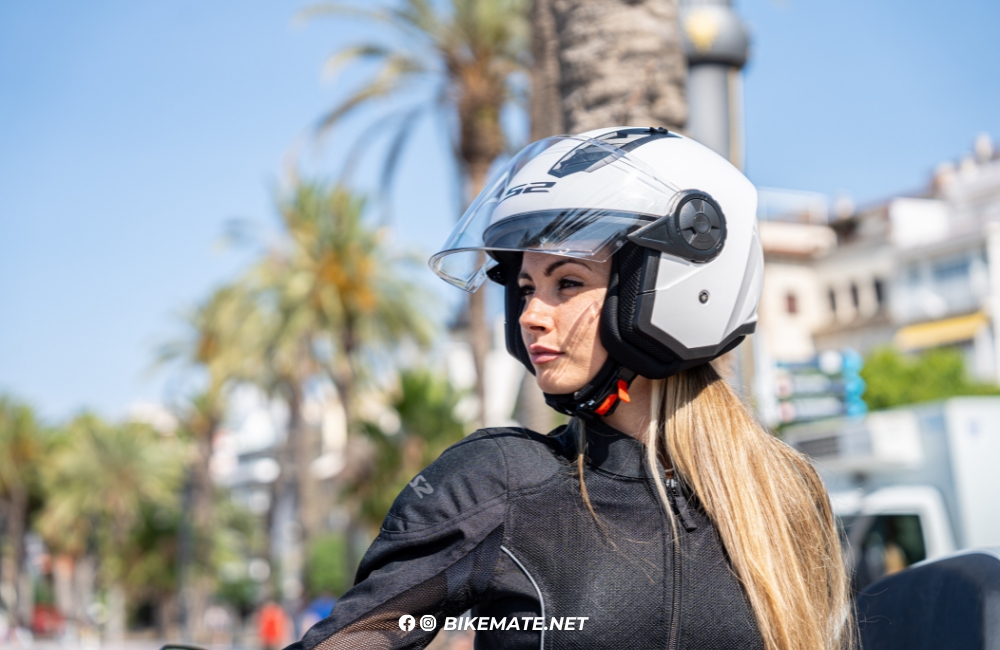
3. Modular Helmets: Versatile and Convenient
A modular helmet is a combination of full-face and open-face helmets, allowing the rider to flip up the chin bar when needed. This flexibility makes it a favorite among long-distance riders who want both protection and convenience. While modular helmets provide a similar level of safety to full-face helmets when the chin bar is down, they are typically heavier due to the additional mechanisms.

4. Off-Road Helmets: Tailored for Adventure Riding
Off-road helmets are designed for riders who enjoy adventure or dirt bike riding. These helmets feature a more rugged design with an elongated chin bar for extra airflow, along with a visor to protect against dirt and debris. However, off-road helmets are not ideal for highway riding as they lack some features of street helmets, such as a full-face shield.
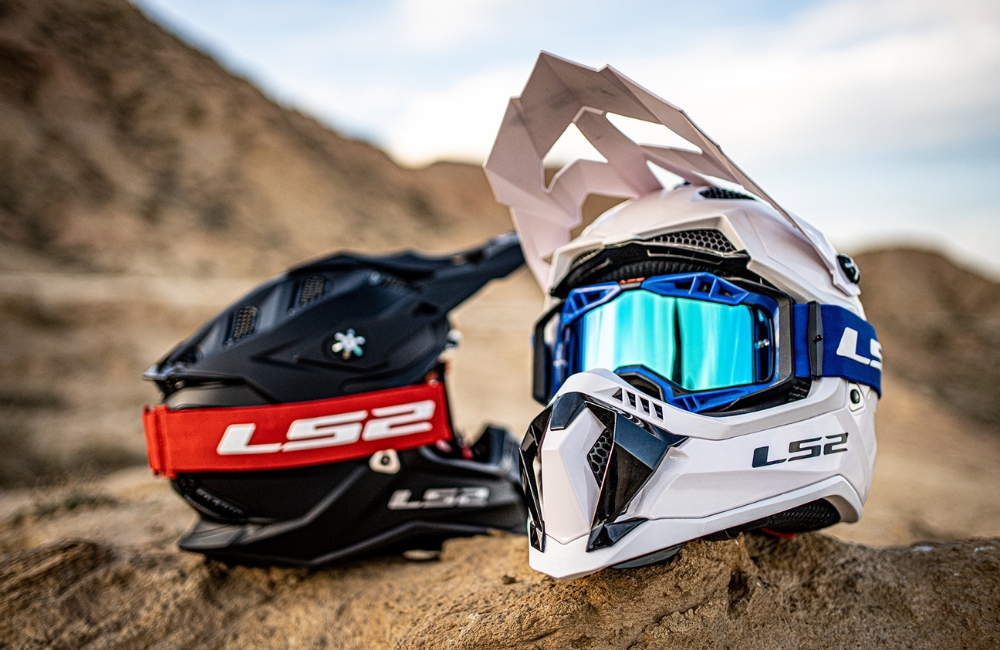
5. Fit and Comfort: The Key to Safety
No matter what type of helmet you choose, the most important factor is the fit. A helmet that fits snugly and securely will offer better protection in the event of an accident. To ensure the right fit, measure your head’s circumference and try on helmets in various sizes. The helmet should feel tight but not uncomfortable. Additionally, pay attention to the weight of the helmet, as lighter helmets can help reduce neck fatigue on long rides.
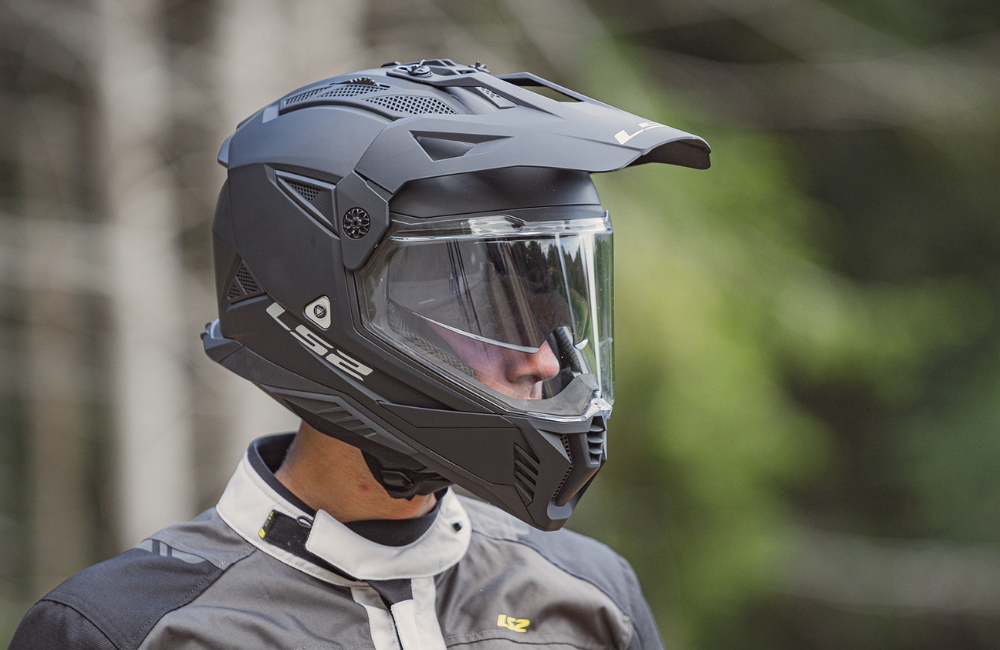
6. Certification: Guarantee of Safety
When purchasing a helmet, always check for certification labels such as DOT (Department of Transportation), ECE (Economic Commission for Europe), or Snell. These certifications indicate that the helmet has passed rigorous safety tests and meets international safety standards.
Choosing the right helmet is an essential step in ensuring your safety on the road. Whether you’re looking for maximum protection, comfort, or versatility, there is a helmet type that fits your needs. Always prioritize a good fit, safety certification, and comfort when selecting your helmet to enjoy a safer and more enjoyable riding experience.

